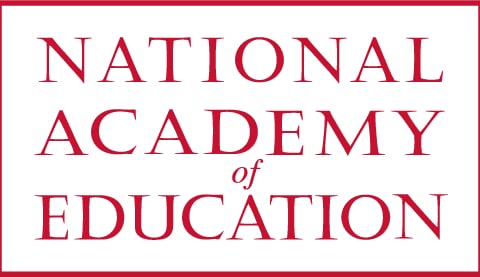Predictors and Consequences of Children’s Intrinsic and Extrinsic Motivational Orientations: A Developmental Perspective
Jennifer Henderlong Corpus
About the research
Award
NAEd/Spencer Postdoctoral Fellowship
Award Year
2005
Institution
Reed College
Primary Discipline
Psychology
In ancient times scholars worked for their own improvement; nowadays they seek only to win the approval of others.
–Confucius, Analects 14.24 (551-479 BCE)
Work can be done, as Confucius suggests, as a means to an end (an extrinsically motivated pursuit) or as an end in itself (an intrinsically motivated pursuit). In the academic domain, intrinsic motivation, relative to extrinsic motivation, is associated with a host of adaptive behaviors, such as challenge seeking and involvement in school. However, research consistently reveals that children’s levels of intrinsic – but not extrinsic – motivation dissipate as they progress through the elementary- and middle-school years. The current project seeks to identify the constellation of beliefs and goals that enable some children to maintain an intrinsic orientation while their peers are showing substantial declines in intrinsic motivation. Using a cross-sequential design with two time points, I am investigating the relationship between children’s intrinsic and extrinsic motivational orientations and their beliefs about the malleability of intelligence, personal achievement goals, perceived goal emphasis of their teachers, and performance outcomes. Establishing a framework of inter-related motivational concepts will point to potential precursors, consequences, and correlates of intrinsic and extrinsic motivations, which could then be tested via experimentation.
About Jennifer Henderlong Corpus
N/A
